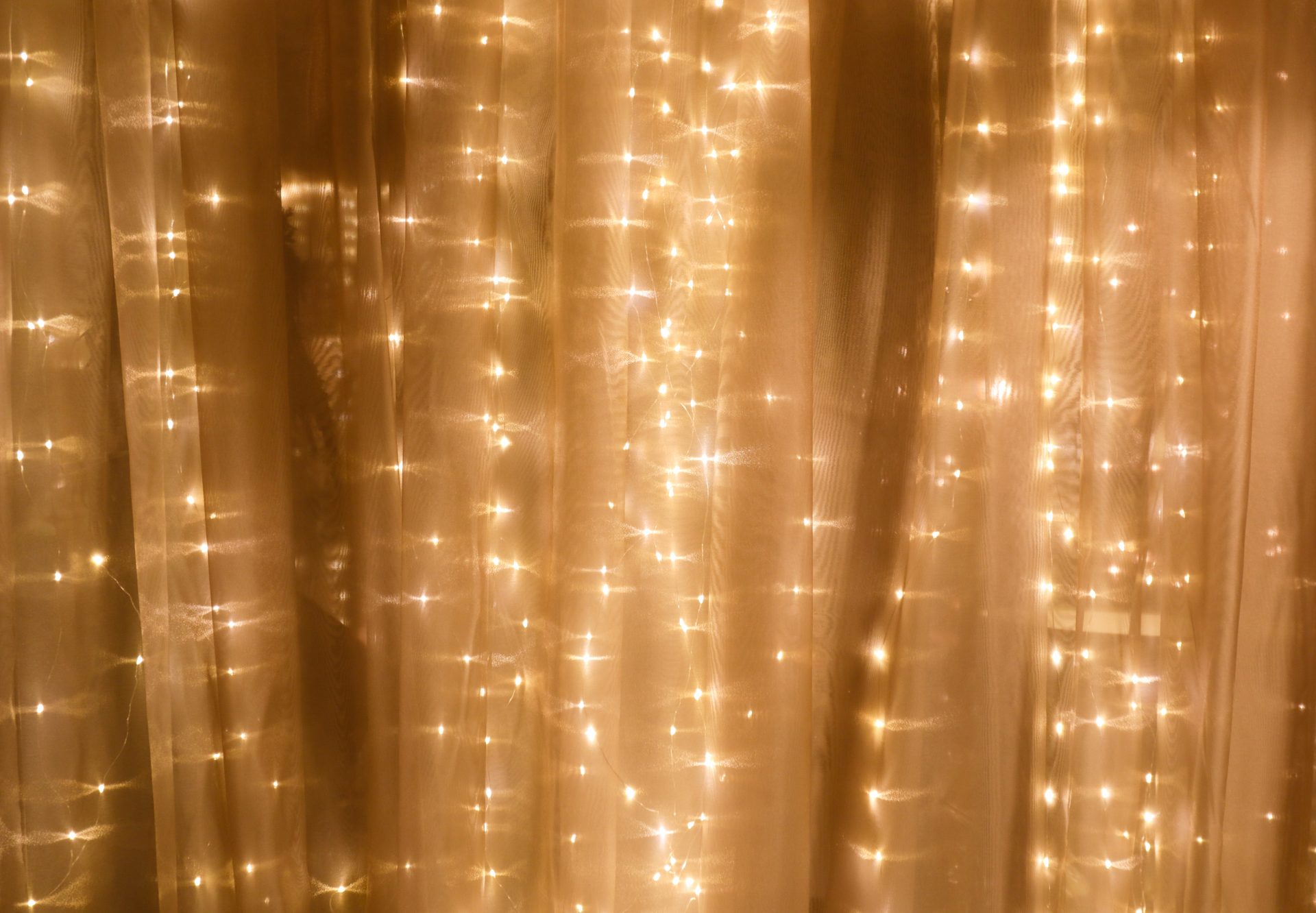
Lamps and candles, but never the ‘big light’ – the psychology behind our low-light obsession
12/16/2022For many people, turning on the ‘big light’ feels like a crime. But why is this? We asked an interiors therapist to explain all.
If you ever stepped foot inside my flat during the evening, you might think things look a little dark. All the lightbulbs are functional, and I can (just about) afford the electricity to use them, but you won’t find any of the light switches flicked into the ‘on’ position. Fairy lights? Yes. Candles? Love them. But the big light? Never.
I am not alone in my preference for a softly lit room. When I asked the Stylist digital team how they felt about the big light (aka the overhead light), I was met with audible sounds of derision. And on TikTok, a sound by the user @GeeOfDee, in which she reveals her opposition to the big light, has been used over 1,000 times by people – mostly women – sharing their disdain for a fully-lit home.
It was only recently, when my For You page was flooded with clips using said viral sound, that I realised just how many of us feel strongly about the way our homes are lit. But what is it about the big light that feels so offensive? Why, when we have the opportunity to sit in a well-lit room, do we prefer to lounge in the kind of semi-darkness associated with a Victorian-era parlour? And why does it feel so good?
To find out more, I sought the expertise of Suzanne Roynon – a leading interiors therapist and member of the International Feng Shui Guild. She believes the reason why so many of us prefer fairylights and candles over the big light has a lot to do with the sense of comfort soft-lit rooms exude.
“The glare of an overhead central light, or a bank of bright, recessed downlights, can be too much for the eyes, especially at the end of the day and during the dark days of winter when they can be too dazzling for comfort,” she explains.
“The lower-key ambience that comes with fairy lights and lamps creates a cosy intimacy, inspiring a sense of security and wellbeing.This makes a world of difference when it’s time to wind down to spend quality time alone or with someone you love.”
In this way, Roynon explains, the lower light levels emitted by fairy lights, lamps and candles can help us to relax and unwind as the evening goes on, eventually helping us to fall asleep when we head up to bed.
Indeed, she explains, in both feng shui and interiors therapy, it’s often recommended that gentle, balanced lighting be used in the bedroom to enhance the comforting atmosphere, while bright, radiant light is used where you want to be alert and productive – for example, in a study.
“During the evening lower light levels are calming, simultaneously allowing the mind to relax while the levels of the sleep hormone melatonin increase and prepare the brain for rest,” Roynon says.
“This is especially important just before bed for adults and essential for children who struggle to transition into sleep under very bright lights.”
You may also like
9 chic floor lamps that will light up your home
On top of this, she adds, low lighting can also be romantic – perfect for when you’re spending time with a date or partner. “Let’s be honest, it’s rare to feel amorous under the unflattering intensity of a ceiling light,” Roynon points out.
“In contrast, soft, muted lighting boosts the mood, heightens the senses and, in the right company, encourages feelings of passion and romance.”
So, there you have it. While our penchant for soft lighting may be nothing more than a desire for ambience, it’s still interesting to think about the impact the light in our homes can have on the way we think and feel. That’s certainly an argument to keep in mind next time someone reaches for the dreaded light switch.
Images: Getty
Source: Read Full Article


